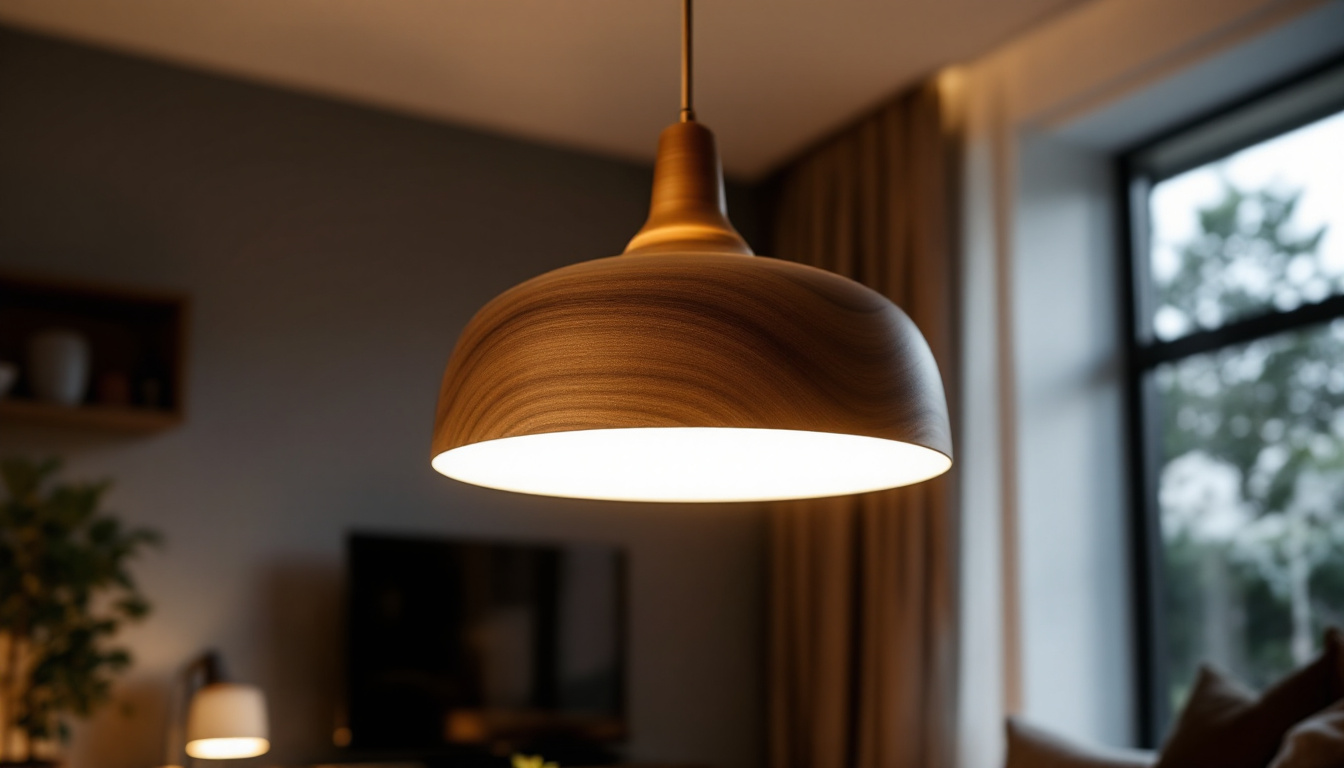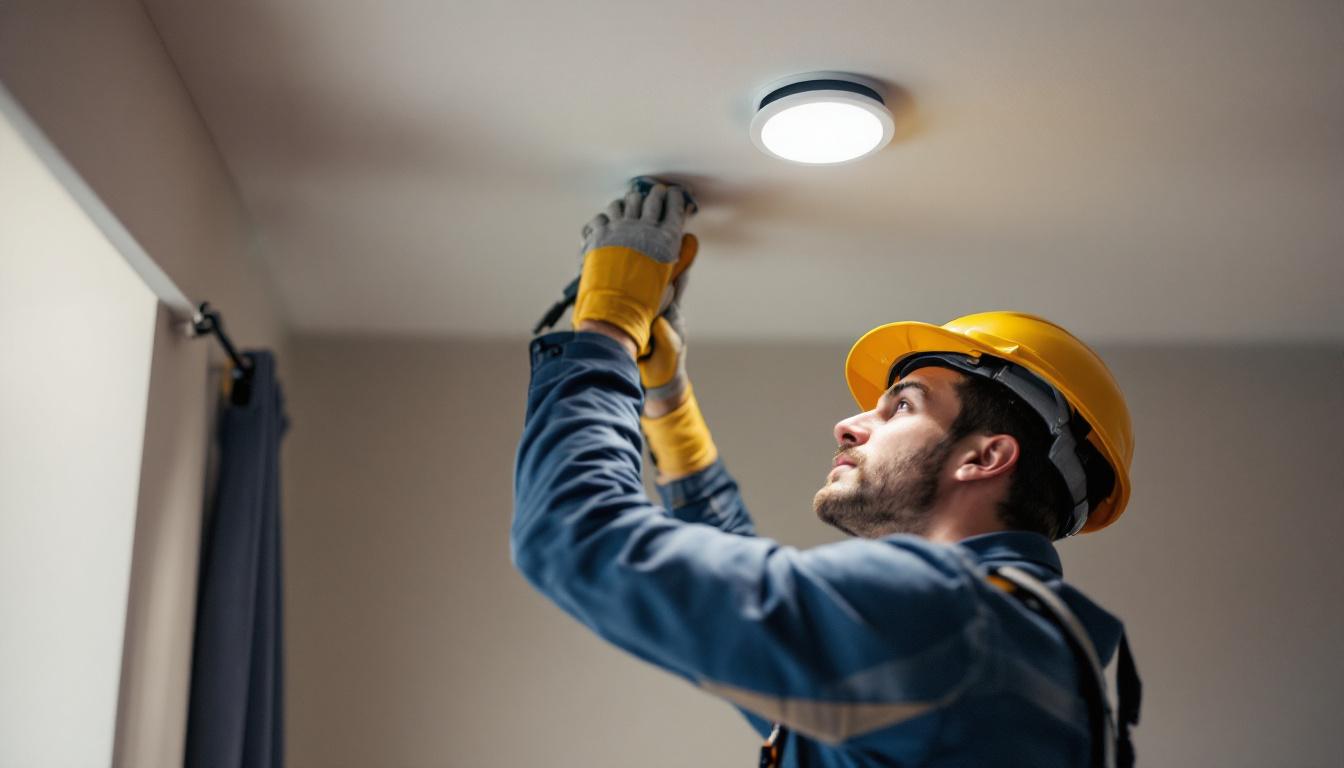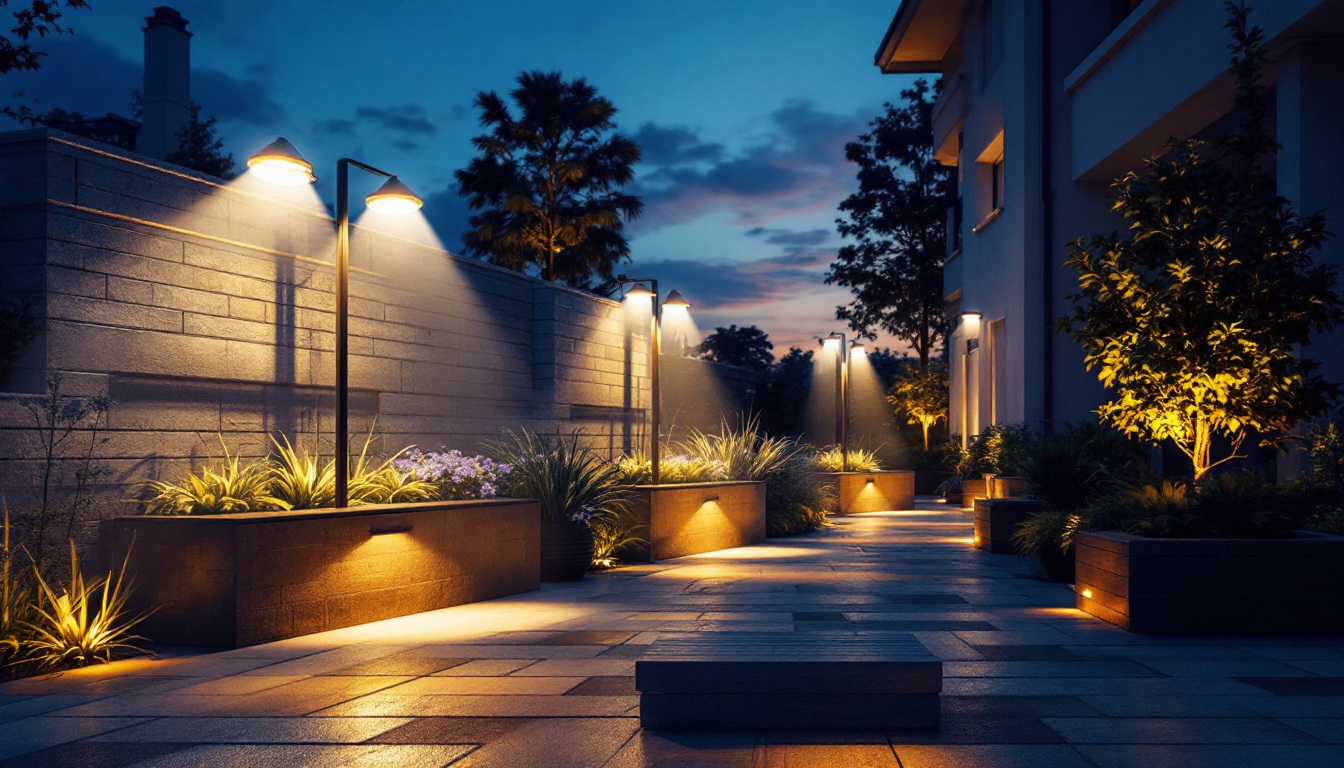
Recessed lighting has become a popular choice for both residential and commercial spaces due to its sleek appearance and versatile functionality. As a lighting contractor, understanding the various components of recessed lighting is essential for successful installations and satisfied clients. This article delves into the key parts of recessed lighting, offering valuable tips that can enhance your expertise and efficiency in the field.
To effectively work with recessed lighting, it is crucial to have a comprehensive understanding of its components. Each part plays a significant role in the overall functionality and aesthetic appeal of the lighting system.
The housing is the backbone of any recessed lighting fixture. It is the part that is installed into the ceiling and holds the light bulb and trim. There are various types of housings available, including new construction, remodel, and IC-rated housings. New construction housings are designed for use in ceilings that are being built or remodeled, while remodel housings are meant for existing ceilings. IC-rated housings are essential for insulated ceilings, ensuring that the fixture can safely operate without overheating.
When selecting housing, consider the ceiling type and insulation. Proper housing selection not only ensures safety but also affects the overall efficiency of the lighting system. Make sure to check local codes and regulations regarding housing types to ensure compliance. Additionally, the choice of housing can influence the ease of installation; some designs come with features that simplify the process, such as adjustable brackets or integrated junction boxes, which can save time and labor costs during installation.
The trim is the visible part of the recessed light that is installed on the ceiling surface. It comes in various styles, including baffle, reflector, and adjustable trims. Each style serves a different purpose and can dramatically alter the look and feel of a space. Baffle trims are designed to reduce glare, while reflector trims enhance brightness by directing more light downwards. Adjustable trims allow for directional lighting, making them ideal for highlighting artwork or architectural features.
Choosing the right trim is essential for achieving the desired lighting effect. Consider the room’s purpose and the mood you want to create. For instance, a warmer trim can create a cozy atmosphere in a living room, while a cooler trim might be more suitable for a kitchen or workspace. Furthermore, the finish of the trim—whether matte, polished, or painted—can also affect how light is reflected and absorbed in the room, adding another layer of customization to your design. It’s worth exploring different finishes to find one that complements your overall decor and enhances the visual appeal of the space.
Light bulbs are the heart of any lighting fixture, and recessed lighting is no exception. The choice of bulb can significantly impact the quality of light produced. LED bulbs are increasingly popular due to their energy efficiency and long lifespan. They come in various color temperatures, allowing for customization based on the ambiance desired. Halogen and incandescent bulbs are also options, but they are less energy-efficient and have shorter lifespans.
When selecting bulbs, consider the lumen output, color temperature, and compatibility with the housing. It’s essential to ensure that the bulbs fit the fixture and provide adequate illumination for the intended space. Additionally, educating clients about the benefits of LED technology can lead to more informed choices and greater satisfaction. Beyond energy efficiency, LED bulbs also offer dimming capabilities, which can create versatile lighting scenarios, from bright task lighting to soft, ambient illumination for relaxing evenings. As technology advances, smart bulbs are also becoming a popular choice, allowing users to control their lighting remotely or set schedules for enhanced convenience and energy savings.
Proper installation is crucial for the performance and longevity of recessed lighting. Here are some key tips to keep in mind during the installation process.
Before beginning any installation, careful planning of the layout is essential. Consider the room’s dimensions, furniture placement, and the purpose of the lighting. A common rule of thumb is to space recessed lights approximately 4 to 6 feet apart, but this can vary based on the ceiling height and the desired brightness.
Creating a lighting plan can help visualize the final outcome and ensure that all areas are adequately illuminated. It’s also beneficial to discuss the plan with clients to ensure their preferences are taken into account. Engaging clients in the design process can lead to better satisfaction with the final result.
When installing recessed lighting, always ensure there is adequate clearance around the housing. This is particularly important for IC-rated housings, which require sufficient space to prevent overheating. Check the manufacturer’s specifications for clearance requirements and adhere to local building codes.
Additionally, consider the placement of insulation and other materials that may interfere with the housing. Proper clearance not only ensures safety but also enhances the efficiency of the lighting system, allowing for optimal performance.
Wiring is a critical aspect of recessed lighting installation. Ensure that all wiring is done according to local electrical codes and regulations. Use appropriate gauge wire for the load and ensure connections are secure to prevent any electrical issues.
It’s also advisable to use a dedicated circuit for recessed lighting, especially in areas where multiple fixtures are installed. This helps to prevent overload and ensures consistent performance. Always test the fixtures before sealing the ceiling to confirm that everything is functioning correctly.
Flickering lights can be a common issue with recessed lighting. This may be caused by a loose connection, a faulty bulb, or an incompatible dimmer switch. Inspect the connections and ensure that the bulb is securely in place. If the issue persists, consider replacing the bulb or checking the dimmer switch for compatibility with the installed bulbs.
Educating clients about potential causes of flickering lights can empower them to troubleshoot minor issues before calling for professional assistance. This not only enhances client satisfaction but also builds trust in your expertise.
Overheating can be a serious concern with recessed lighting, especially if proper clearance was not maintained during installation. If fixtures become excessively hot, it may indicate that the housing is not adequately ventilated or that the wrong type of bulb is being used. In such cases, it may be necessary to replace the bulb with a lower wattage option or to adjust the housing for better airflow.
Regular maintenance checks can help identify potential overheating issues before they become serious problems. Encouraging clients to schedule periodic inspections can enhance the longevity of their recessed lighting systems.
Over time, some light bulbs may experience color temperature shifts, leading to an inconsistent lighting appearance. This can be particularly noticeable in spaces with multiple recessed fixtures. When replacing bulbs, ensure that all bulbs are of the same type and color temperature to maintain uniformity.
Providing clients with information on the importance of matching bulbs can help them make informed decisions when replacements are needed. This can also prevent the common pitfall of mismatched lighting, which can detract from the overall aesthetic of a space.
The right tools and equipment are essential for efficient and effective recessed lighting installations. Investing in quality tools can save time and enhance the overall quality of work.
Some of the essential tools for recessed lighting installations include a stud finder, drywall saw, wire strippers, and a voltage tester. A stud finder is particularly useful for locating ceiling joists and ensuring that the housing is securely mounted. A drywall saw allows for precise cutting of ceiling openings, while wire strippers are necessary for preparing electrical connections.
Having a well-stocked toolbox can streamline the installation process and ensure that all necessary tools are readily available. This can also enhance professionalism and efficiency on the job site.
Safety should always be a top priority for lighting contractors. Personal protective equipment (PPE) such as safety goggles, gloves, and hard hats should be worn during installations. Additionally, ensuring that the work area is free from hazards can prevent accidents and injuries.
Educating team members about safety protocols and best practices can foster a culture of safety on the job site. This not only protects workers but also enhances the reputation of the contracting business.
Quality control tools, such as light meters and color temperature meters, can be invaluable for ensuring that installations meet the desired specifications. Light meters can help measure the brightness of the fixtures, while color temperature meters can confirm that the installed bulbs match the intended color temperature.
Incorporating quality control measures into the installation process can enhance client satisfaction and reduce the likelihood of callbacks due to lighting issues. This attention to detail can set a contractor apart in a competitive market.
Recessed lighting offers a modern and versatile solution for illuminating various spaces, but successful installations require a deep understanding of its components and careful planning. By familiarizing yourself with the key parts of recessed lighting, employing effective installation techniques, and maintaining a focus on safety and quality, lighting contractors can ensure that their projects meet client expectations and stand the test of time.
As the demand for recessed lighting continues to grow, staying informed about the latest trends, technologies, and best practices will be crucial for contractors looking to thrive in this dynamic industry. By following the tips outlined in this article, lighting contractors can enhance their expertise and deliver exceptional results for their clients.
Ready to elevate your lighting projects with the finest recessed lighting components? Look no further than LumenWholesale, where we provide contractors with superior, spec-grade lighting products at the best wholesale prices. Our commitment to quality and affordability means you can access a wide range of high-performance lighting options that meet the highest industry standards. Plus, with free shipping on bulk orders, you can stock up on everything you need without worrying about hidden fees. Make your next installation a shining success with the unbeatable value and convenience of Wholesale Lighting at the Best Value from LumenWholesale.

Discover essential insights from lighting contractors on choosing and installing ceiling pendant lights.

Discover essential tips and common pitfalls for lighting contractors working with recessed light clips.

Discover how lighting contractors can boost their business by integrating exterior sconce solar lighting solutions.

Discover the secrets to mastering motion lighting for outdoor spaces with expert insights from top lighting contractors.